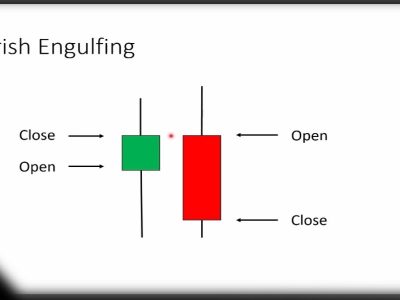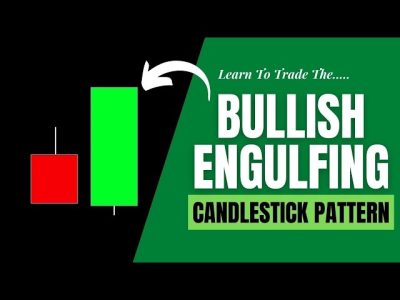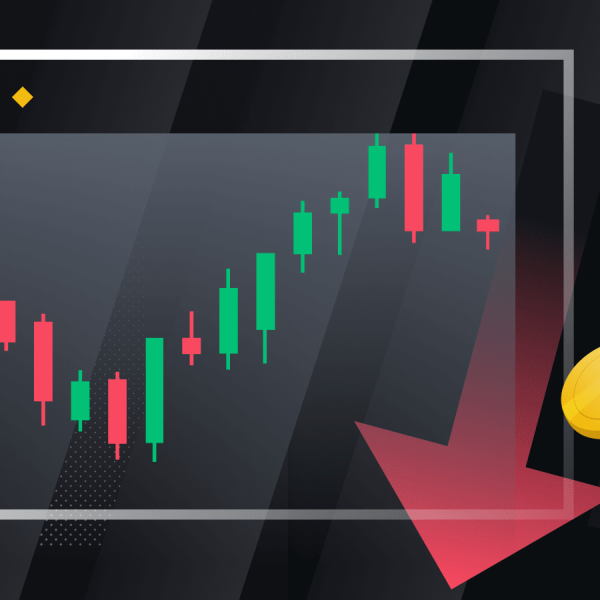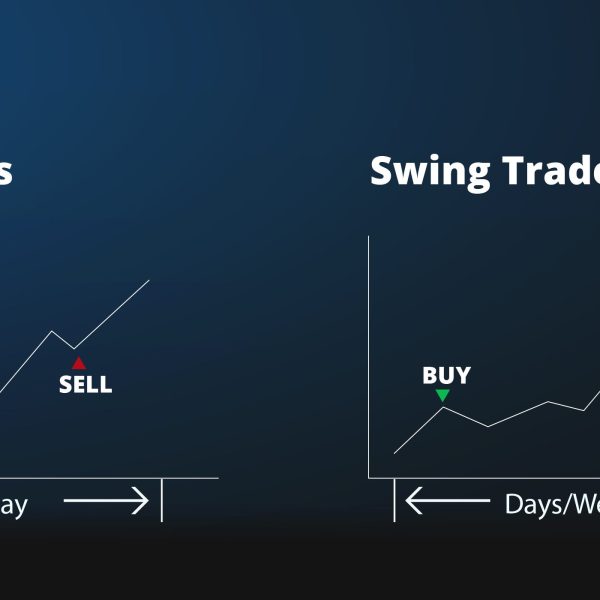Wheel Strategy is a beneficial trading strategy that allows you to take advantage of stock in four different ways and dramatically increase your overall long-term return. This is one of the best options strategies available, which is relatively less risky and more profitable than other popular option strategies.
The wheel strategy can also be considered as an improved version of the traditional buy-and-hold strategy. It seems to be constantly investing in high-quality stocks or ETF funds of index funds and at the same time, collecting additional premiums alongside it.
An overview of the wheel trading strategy
Let us talk briefly about the basics. The basics of The Wheel Strategy are actually very simple and easy to understand. Here you can find 3 steps that you can take to commence the process of preparation for mediation.
- Step 1: Discovering Your Purpose We want to sell options and collect premiums.
- Step 2: Here, it may or may not be assigned to us.
- Step 3: Discovering Your Purpose There is no limit to the number of calls you can make and more premiums. If not assigned to us, we will stay in step number one and continue to sell sales options to collect more premiums.
How does this strategy work?
Wheel strategy is a systematic way to sell guaranteed contracts with optional cash and covered calls as part of a long-term trading approach. You continue to sell stock options in which you can have a monthly income.
The main methodology is very straightforward:
- You sell cash-backed options until you are given the stock and you receive the share
- You sell the covered call options on the assigned stock until it is called and you have to sell the stock
- Start again and repeat the cycle
You frequently sell cash options (CSPs) to collect premiums. If you are given time, you will have to buy the stock at the agreed price. Then while holding the stock, sell the covered calls (CC) on it to get more premium. Once your stock is finally out, you will have to sell the stock and you can start coming back again to sell more cash-guaranteed stock in the same or other stocks.
The wheel strategy gives you money to open a long position, allows you to collect dividends and benefit from rising prices while you have stock, and finally again Gives you money to close the position.
How to trade with this strategy?
Trading with this strategy has two stages:
1. The overall process begins with the sale of a guaranteed cash sale option on the stock and the collection of the relevant premium. You need to opt for a stock that you are sure will buy at a certain price and ultimately keep it in the long run. For each option contract that is sold to you, you must be willing and have the capital to buy 100 shares of the stock at the agreed price. When an options contract expires, there are two possible consequences.
First result
The stock price is higher than the strike price. In this case, the worthless option will expire and you will simply keep 100% of the premium that you have already collected when selling the option. You are paid a premium to buy one of your favorite stocks at the agreed price on the expiration date. Then go ahead and look for new goods to short.
Second result
The stock price is below the strike price. In this case, for each option contract, you must buy 100 shares of stock at the strike price. This should not be a problem, since you were bullish on stocks and now you are buying at a discount, and the price is lower than when you sold the sell option. In addition, in this case, you keep the premium that you initially collected, and reduce the overall cost of the stock.
2. If you have been assigned a stock, then you will be looking to sell an OTM-covered call (without money) at a strike price higher than its cost price. If the stock you now own has a higher price but the expired call is not ITM (in cash), you will be charged premiums and capital gains more than the entry price. Therefore, while you have stock, you can generate a new source of revenue by selling multiple covered calls for more premiums, which reduces the stock cost base if all these worthless buying options expire.
You will continue to do this until the stock reaches the ITM before it expires and eventually the stock leaves you. You usually need to avoid selling a covered call at a strike price lower than the cost, as this will hurt the overall business of the wheel.
To ensure that you have to follow all the premiums received plus the stock value. There are times when you may be held back for a long time until the uptrend resumes and you return to a range of profitability. This is why it is so important to choose only stocks and ETFs that you are sure you will own in the long run. The wheel strategy cycle ends when the stock leaves you. If you trade dividend stocks, you may keep enough stocks to earn some dividends.
For this reason, the wheel strategy can generate a quadruple source of revenue, because, throughout the wheel cycle, you have to buy the option premium both through the sale of the guaranteed stock (before the transfer of shares) and from the covered contacts (before the exit).
Of course, it is important to keep track of all the revenue generated at each stage of the business, because without this information you will not be able to tell if the overall situation has been highly profitable.
Considerations of the Alternatives
The optional wheel strategy relies heavily on cash to generate revenue and covered calls to compensate for any losses in the event of a divestiture. Depending on your goals, you may want to consider alternative strategies to increase bullish potential, reduce risk, or target specific outcomes in a variety of market conditions.
Some other revenue-generating strategies include:
- Covered calls involve writing a buy option against a long-term stock position to generate additional revenue. This strategy is most profitable when stocks move close to the practical price without actually exceeding it.
- Credit spreads include buying and selling equal numbers of options with different strike prices or expiration dates. Depending on the options selected, spreads can be relatively bullish/bullish or neutral, which provides a lot of flexibility for traders.
- Cash-secured contracts include the sale of a sale option and the withdrawal of sufficient cash to purchase shares in the event of a transfer. Investors can use them as a tool to buy strategic stocks instead of writing moneyless CSPs, such as wheel option strategy.
While implementing any option strategy, it is important to understand the pros and cons as well as the unique risks associated with the strategy. It also helps to explore ways to reduce losses by raising or lowering different prices or offering options for the next expiration date.
In conclusion
The wheel strategy is great for generating semi-passive fixed income consistently throughout the year, with less risk than many other option strategies, and is usually beyond the results of a simple buy and hold strategy. In addition to increasing stock value, it seems to reduce the base cost of your preferred stock by collecting premiums to sell cash securities and covered transactions, and, if possible, pay dividends.
After all, this is not a plan to make money quick that will bring you millions of people overnight. Forget the adrenaline bargaining day too. The wheel strategy trading is a methodical and often tedious strategy. This strategy requires choosing the right stocks and a lot of patience, but if done correctly, it will yield regular, consistent returns from month to month. I personally prefer a stable and reliable income instead of hypothetical and often unlikely big wins.











